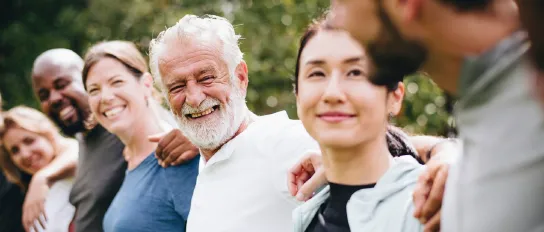Prior to becoming a , Elena Lipilina was working as an ICT and Education consultant at the World Bank and as a Political Analyst for the Australian Department of Foreign Affairs and Trade in Moscow. However, her most relevant professional engagement is with Wamsport – a non-profit organisation which Elena founded in 2014 to empower women in Russia and globally by developing women’s amateur sports and advocating gender equality in sport and beyond.
During her Fellowship year in Germany, Elena will be working on the project of the Women’s Summer Games as a vehicle to drive women’s empowerment and inclusion through sport, while participating herself in the EuroGames 2020 held in Dusseldorf.
Elena holds a master’s degree in International Relations from Syracuse University, (class of 2012) which she attended as a Fulbright scholar and an equivalent master’s degree in Linguistics and Translation, (class of 2009) from the Immanuel Kant Baltic Federal University. She also studied Social and Political Sciences at universities in Finland, Sweden and Germany.

